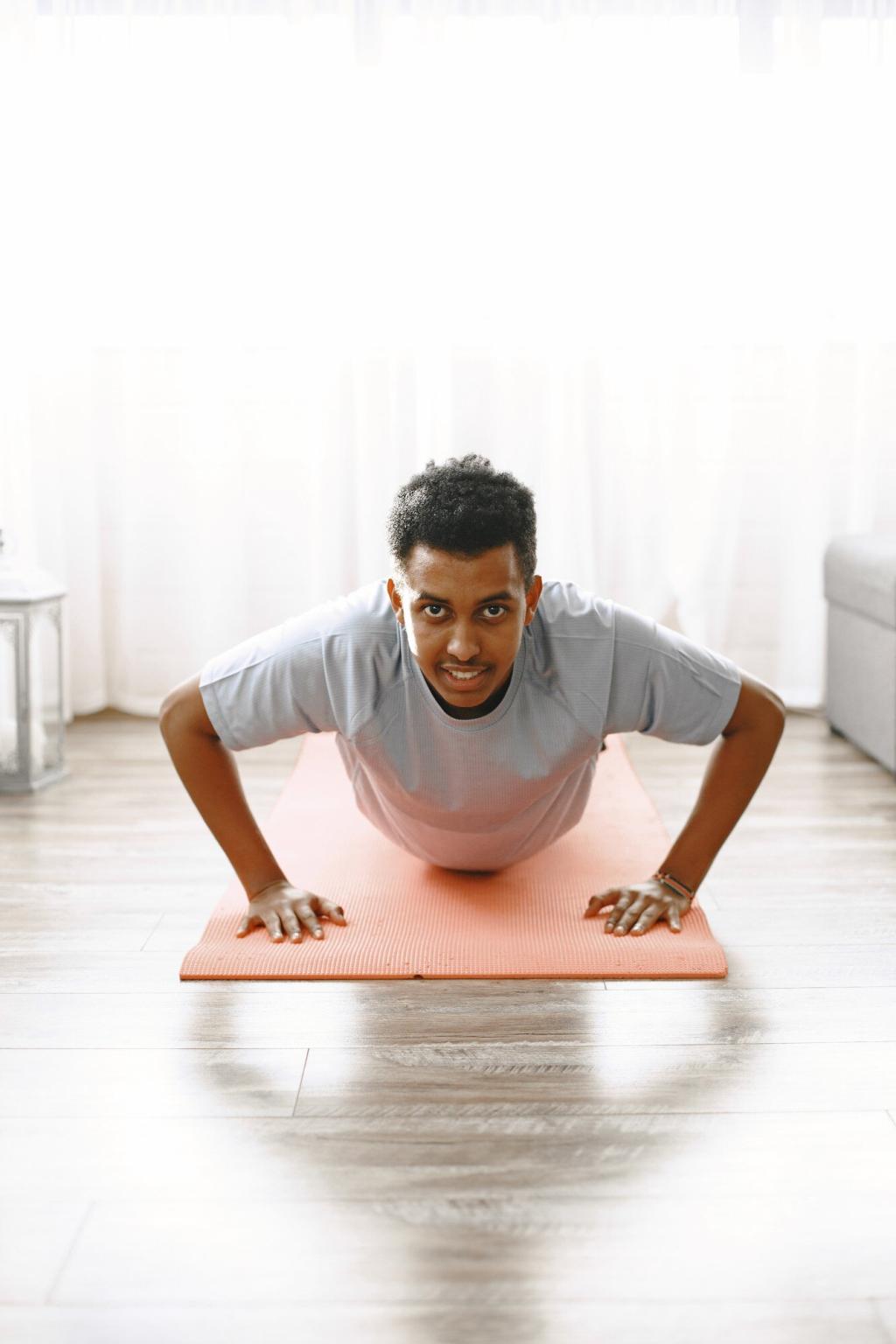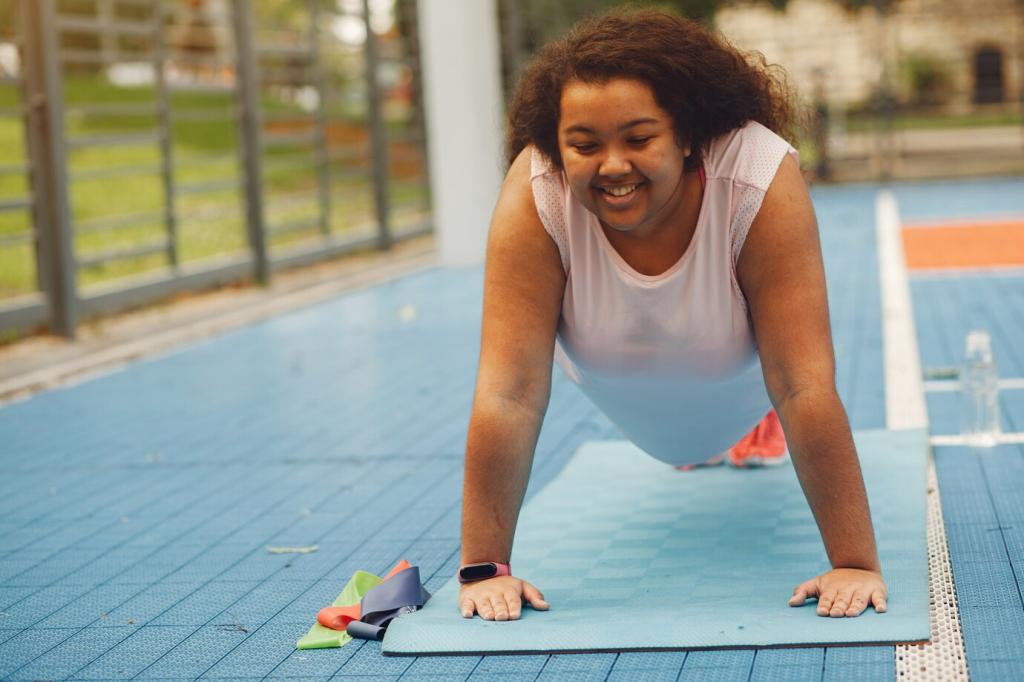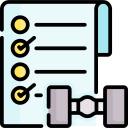Avoid the Pitfalls: Common Mistakes in Beginner Home Workouts
Skipping Warm-Ups and Cool-Downs
Beginning cold tightens connective tissue and limits range of motion, inviting strains that derail progress. Start with dynamic moves like arm circles, cat-cows, and brisk marching to raise temperature, activate stabilizers, and mentally commit to safer, stronger training.

Poor Form and Rushing Reps
Choosing tougher variations too soon looks brave but wastes weeks. Push-ups with flared elbows or wobbly lunges stress joints more than muscles. Start easier, own perfect control, and your strength will scale faster and safer.
Overtraining and Under-Recovery
The Stress Cup Analogy
Your life, sleep, nutrition, and training all pour into one stress cup. Overflow equals fatigue and stalled gains. Empty it with active recovery, gentle walks, and boundaries around bedtime to keep growth steady and sustainable.
Rest-Day Rituals That Rebuild You
Use easy mobility flows, ten-minute breathing, and a light neighborhood walk. These rituals boost blood flow and mood without stealing recovery. Share your favorite rest-day routine in the comments to inspire new beginners.
Sleep, Soreness, and Smart Scheduling
Aim for seven to nine hours of consistent sleep and rotate stress: push, pull, legs, then rest. Persistent joint pain signals programming errors. Adjust volume before motivation crashes and your routine becomes another abandoned resolution.
Unrealistic Goals and Inconsistent Plans
01
Chasing extreme challenges can spark action but often ends with burnout. Instead, tie workouts to existing routines, like after morning coffee. Let discipline be boring, consistent, and effective rather than flashy and fleeting.
02
Set micro-goals like ten quality push-ups or three balanced lunges each side. Anchor them to cues you never miss, such as brushing teeth. Celebrate small wins publicly to reinforce identity and keep momentum growing.
03
Log reps, sets, and perceived effort on a simple note or app. Measuring too many metrics overwhelms beginners. A clear plan plus minimal tracking builds confidence without turning your living room into a lab experiment.
Ignoring Mobility and Core Stability
Stiff Hips Sabotage Squats
Tight hip flexors pull the pelvis forward, collapsing posture and limiting depth. Use couch stretches and ninety-ninety rotations before squats. Your reps will feel smoother, safer, and suddenly stronger without extra weight added.
Daily Micro-Mobility Snacks
Insert two-minute movement snacks between tasks: ankle circles while the kettle boils, thoracic rotations during breaks, wrist CARs before push-ups. Small, frequent mobility pays big dividends for beginners training in small spaces.
A Beginner-Friendly Core Circuit
Try dead bugs, side planks on knees, and bird dogs for thirty seconds each, two rounds. Focus on slow exhales and steady hips. This sequence protects your back and unlocks better form everywhere else.
Using the Wrong Equipment—or None Wisely
Slippery rugs and thick mattresses sabotage stability. Train on a firm surface with grippy shoes or barefoot for balance work. A simple yoga mat reduces impact and encourages consistent, confident movement sessions.


Using the Wrong Equipment—or None Wisely
Backpacks with books, sturdy water jugs, and resistance bands create progression without buying a rack. Check handles, secure zippers, and test loads slowly. Safety and creativity help beginners advance while budgets stay friendly.
Neglecting Nutrition and Hydration
Protein, Carbs, and Timing Without Stress
Aim for protein at each meal, colorful carbs around workouts, and vegetables daily. Timing helps but consistency rules. Do not panic about perfect windows; build a pattern your lifestyle actually supports long term.
Hydration Habits That Stick
Keep a bottle visible, sip during warm-ups, and add a pinch of salt during hot days or sweaty circuits. Hydration improves energy, focus, and form. Comment your favorite stay-hydrated tip to help fellow beginners.
Pre- and Post-Workout Snacks on a Budget
Try a banana with peanut butter before, then Greek yogurt with berries after. Simple, affordable combinations fuel effort and rebuild muscle without complicated recipes or expensive powders cluttering your kitchen counter.
Learning Alone: Feedback and Community
Every two weeks, retest a wall sit, a thirty-second push-up count, and a timed plank. Compare videos, not vague feelings. Objective markers keep beginners motivated and honest about technique and endurance changes.

